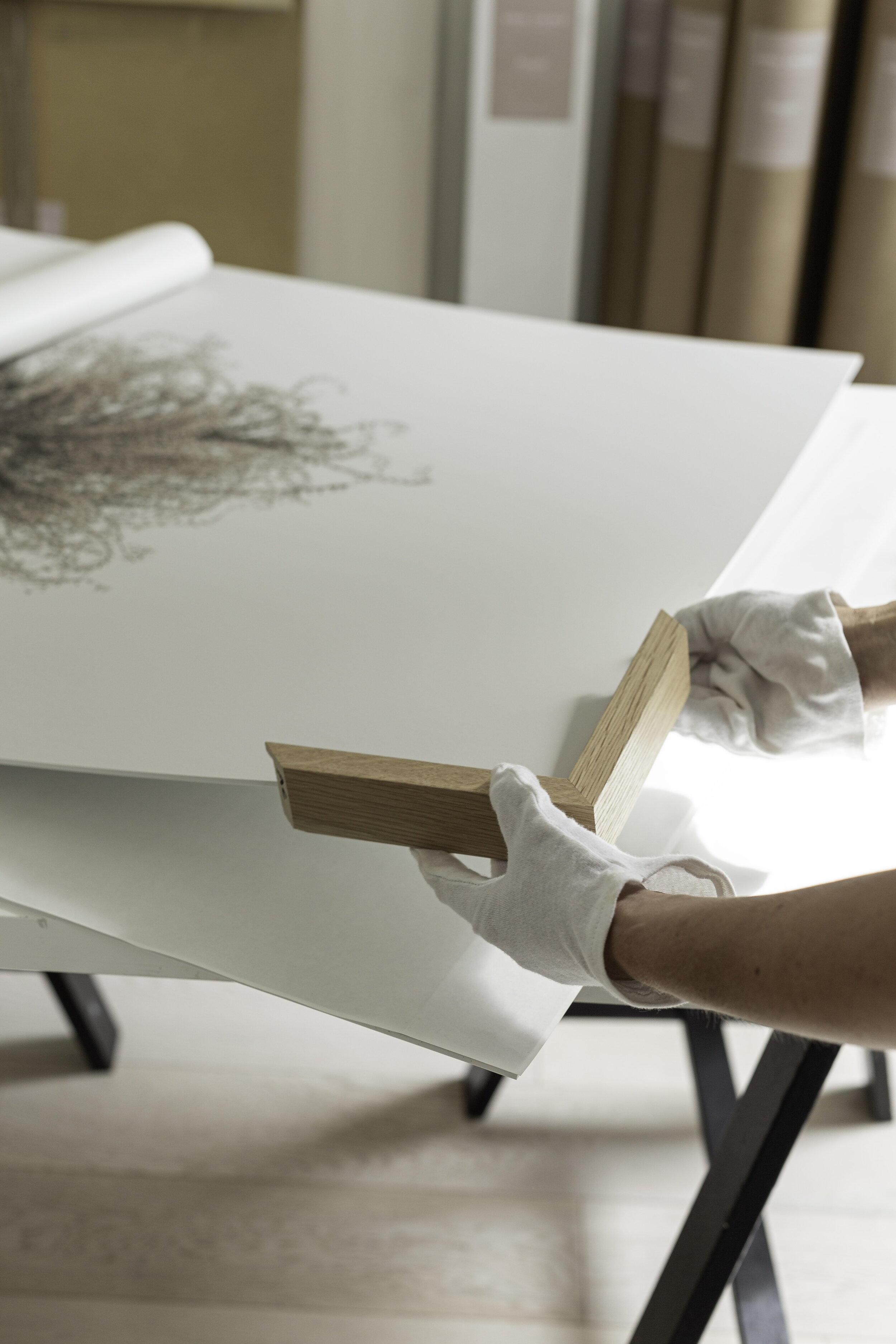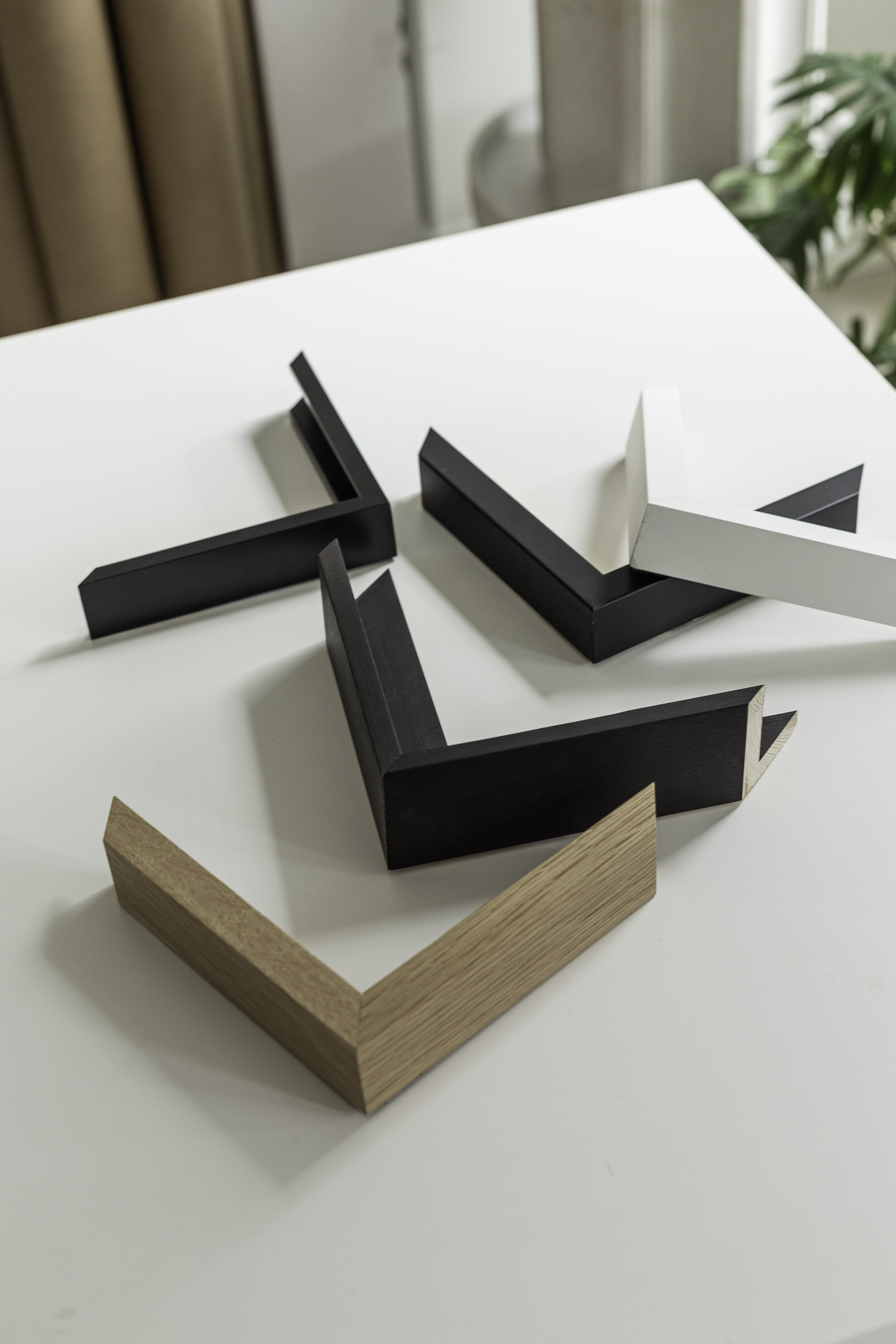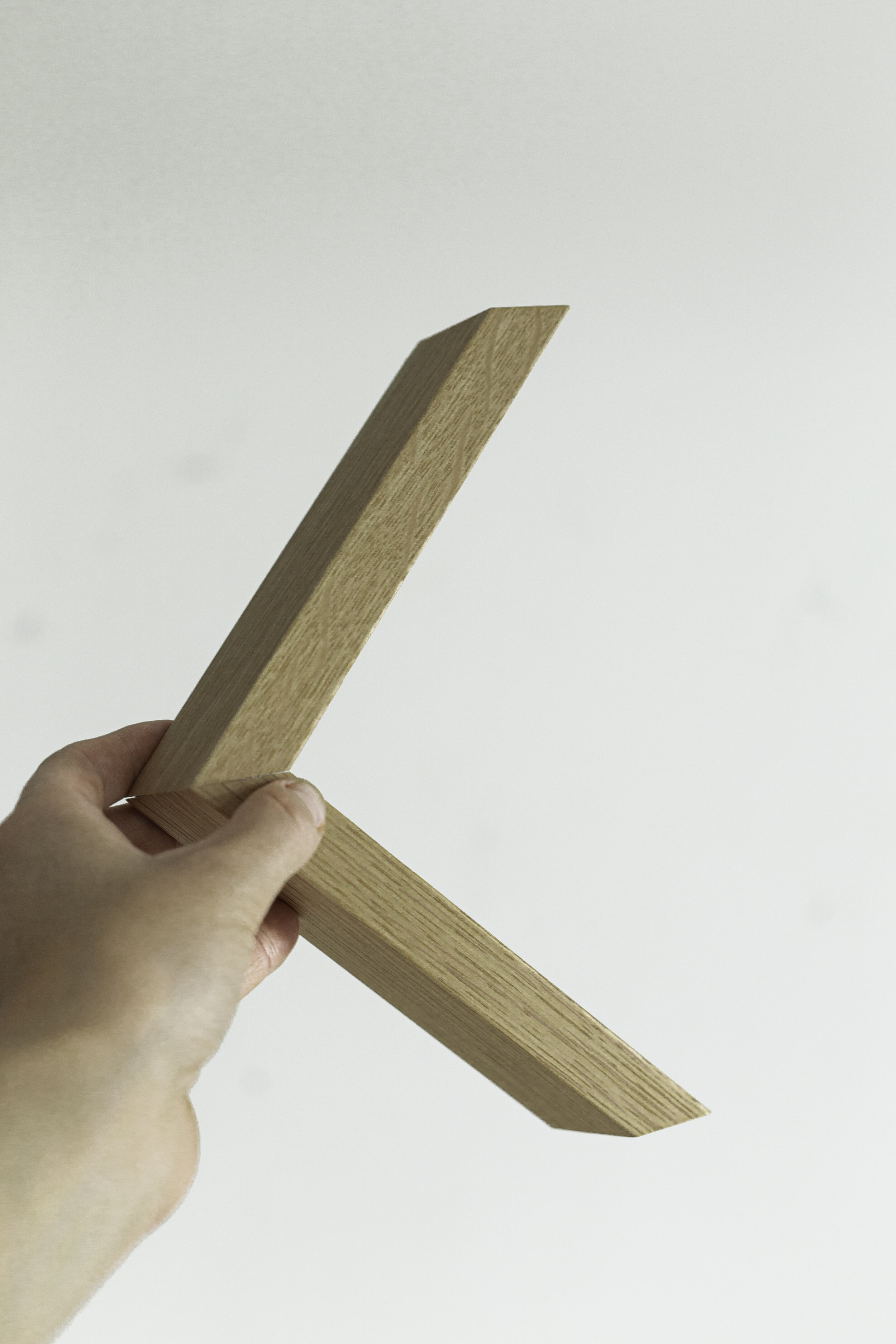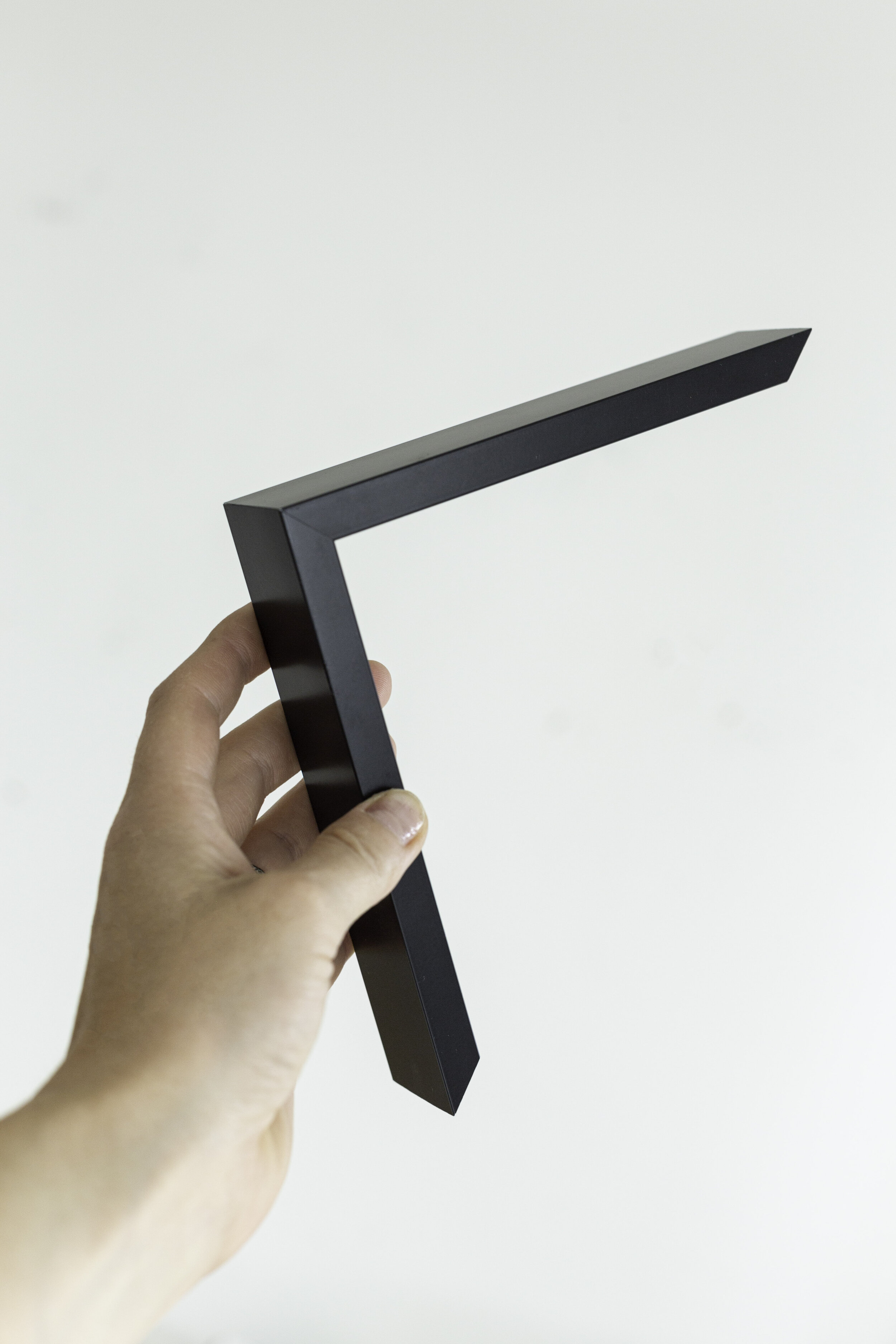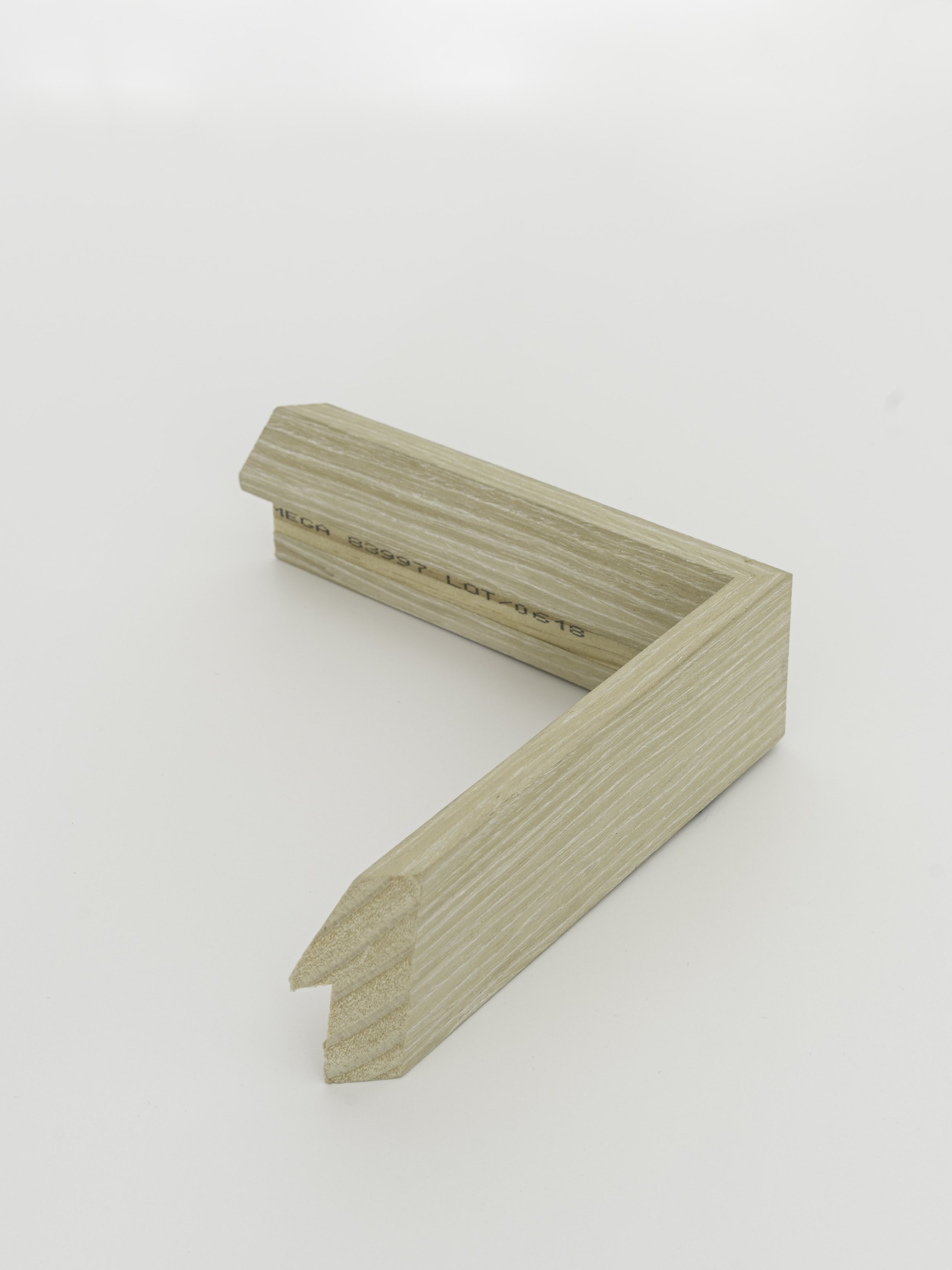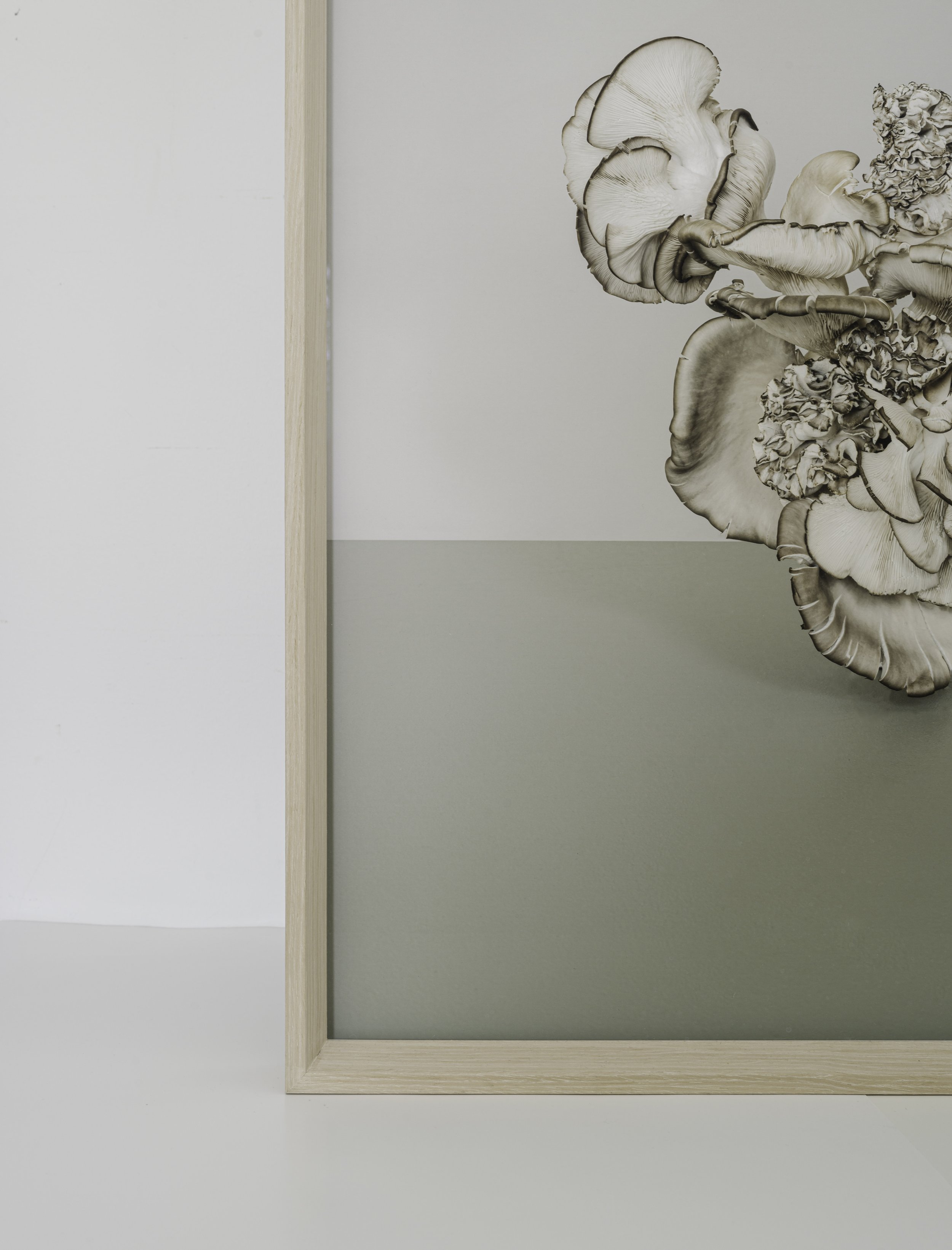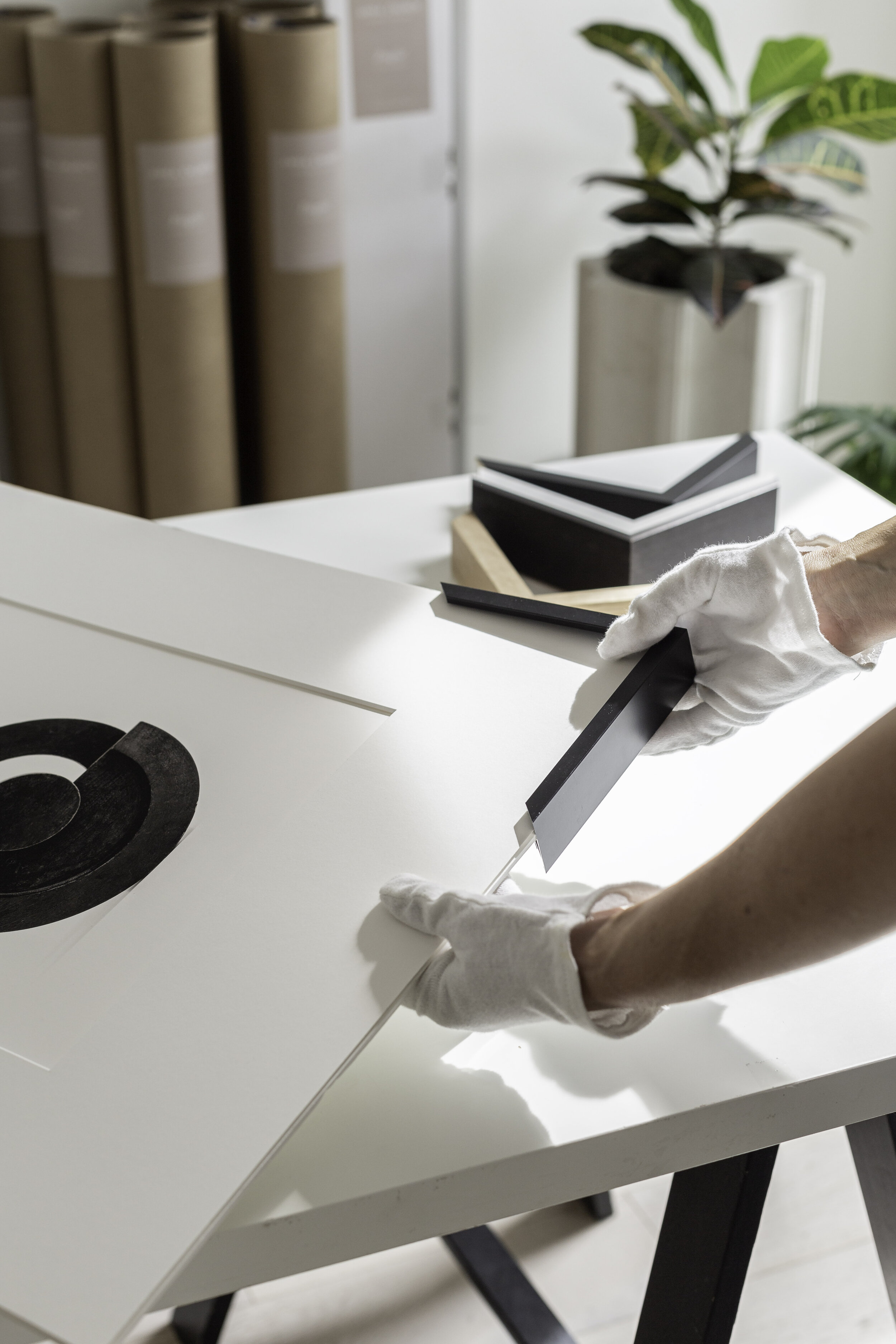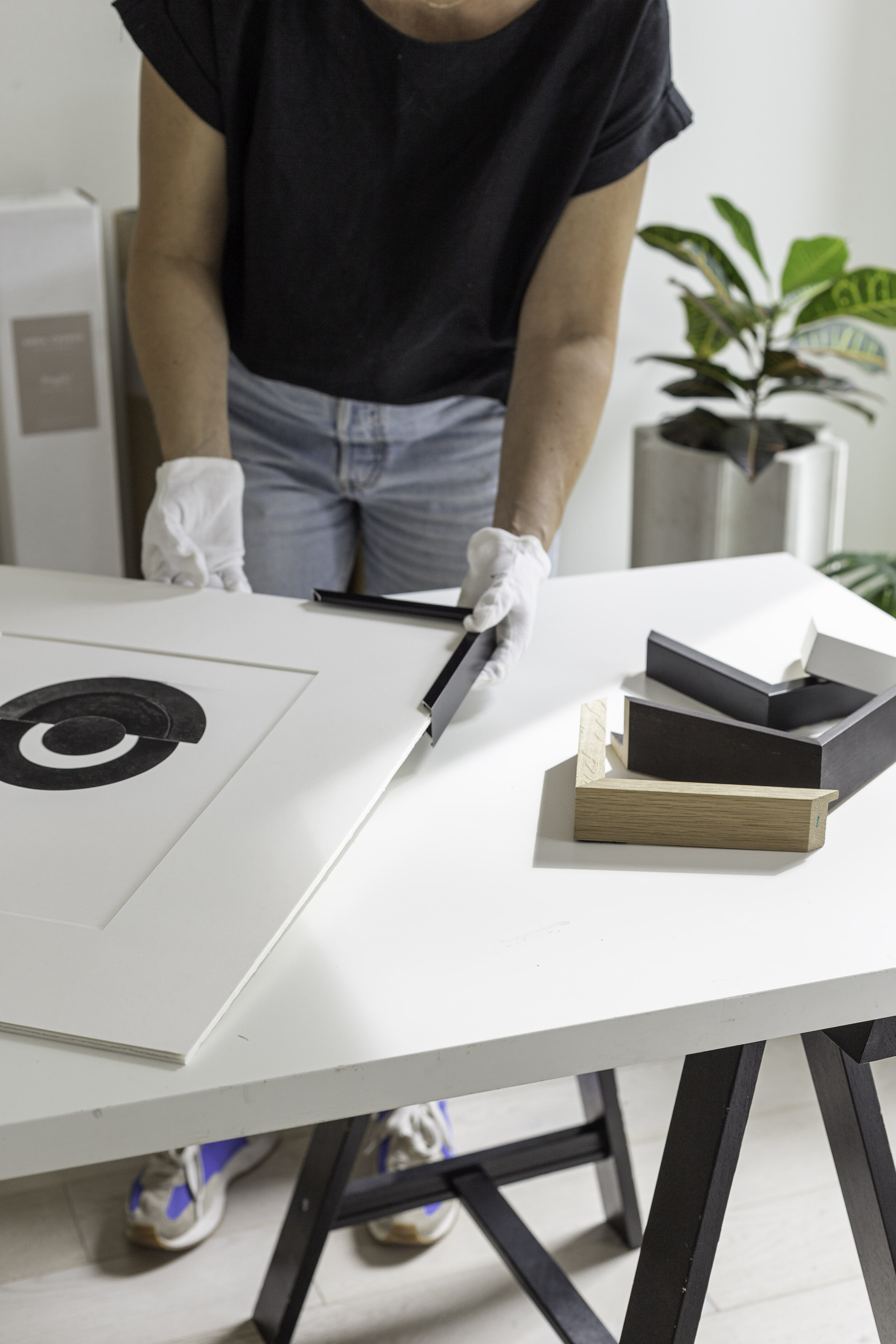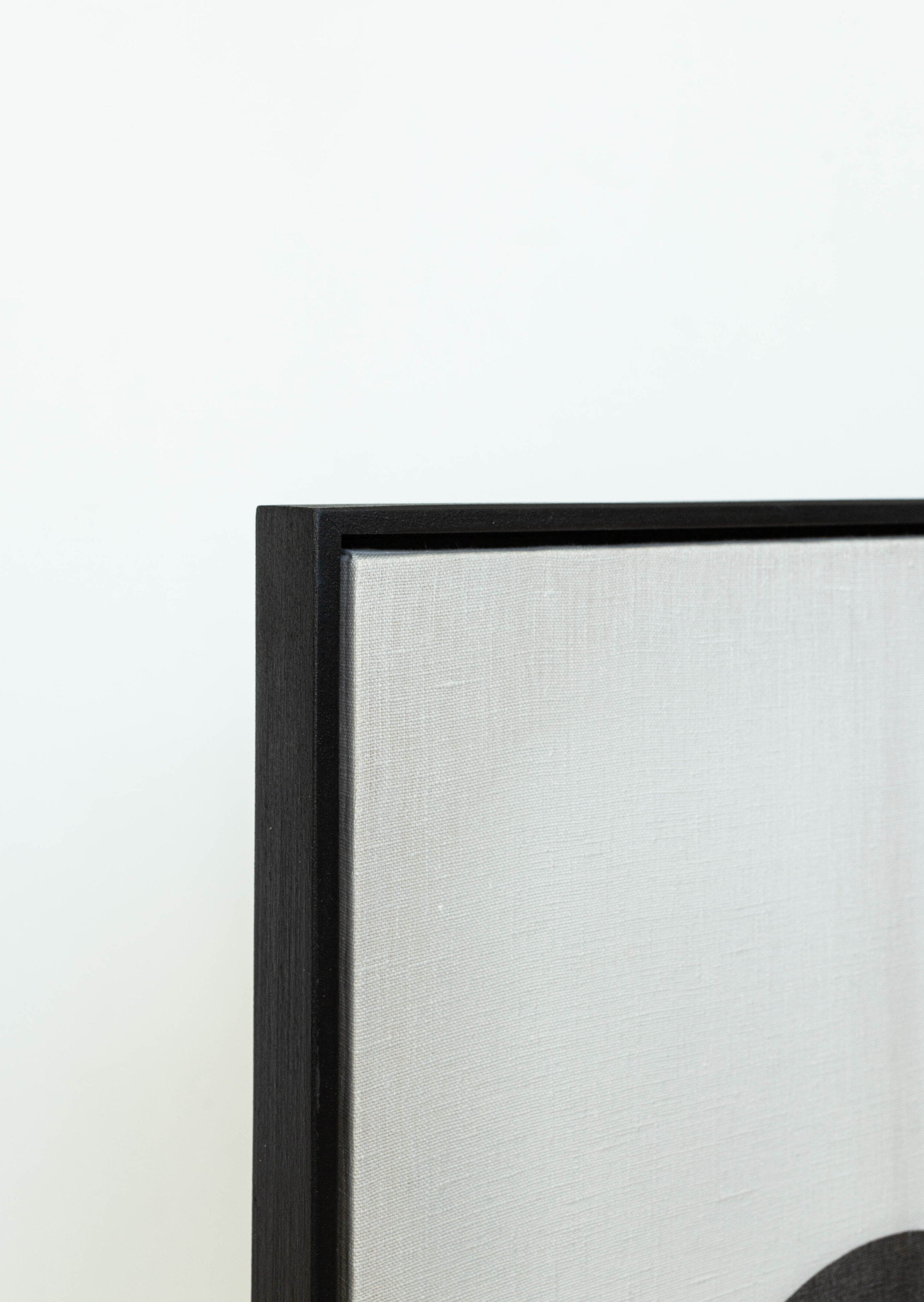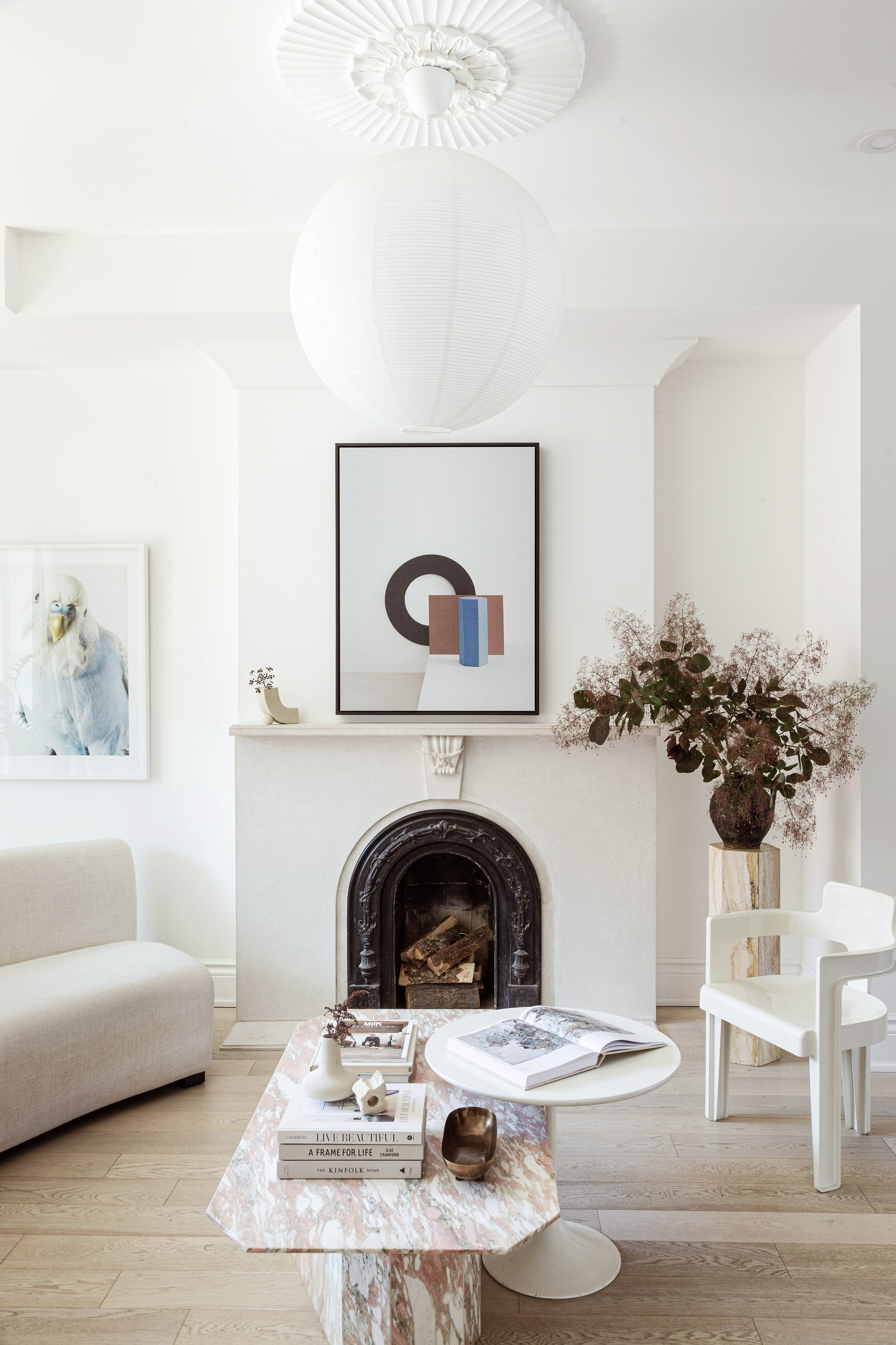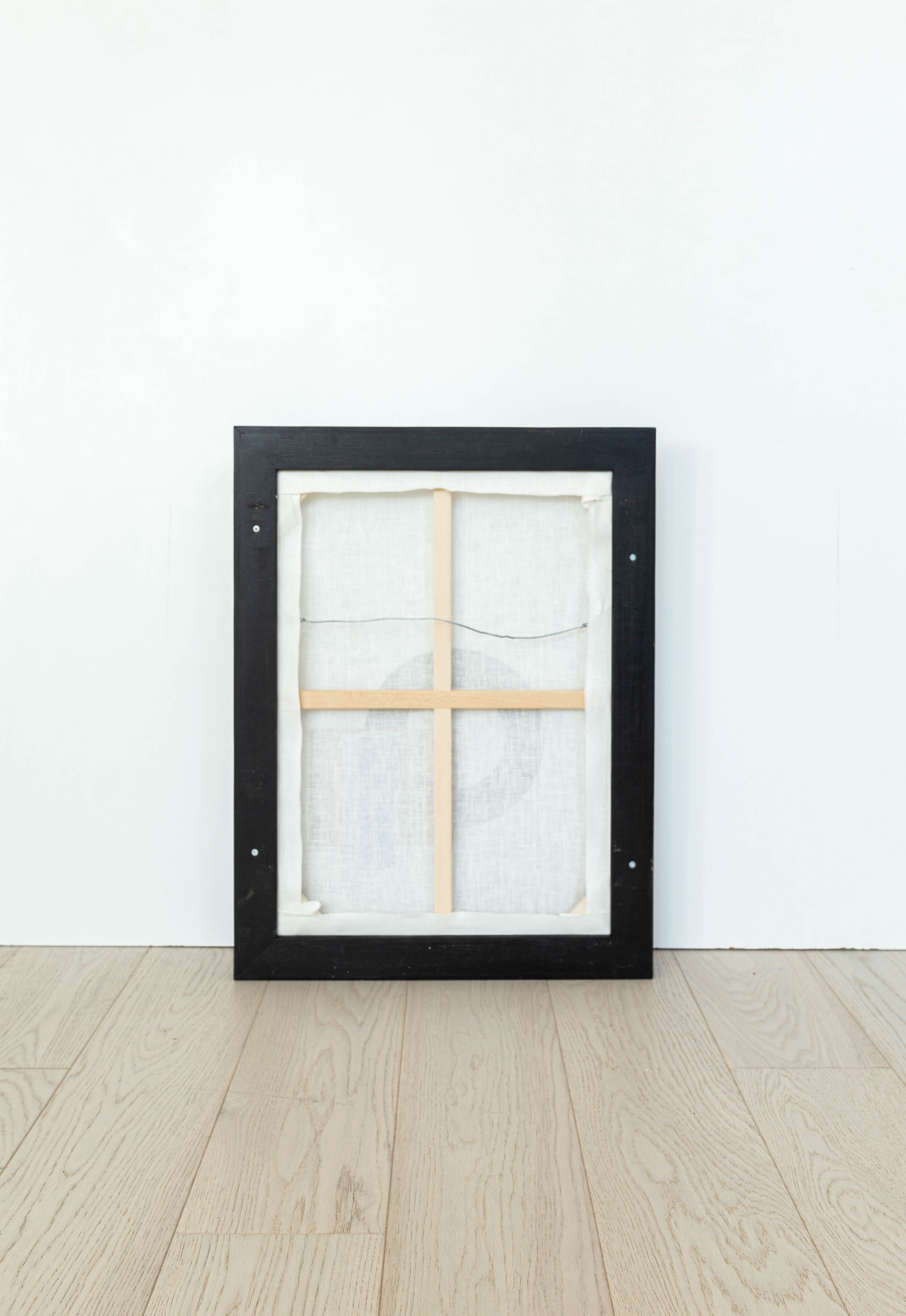Your Framing Questions answered
Over-matting, Mounting, Float frames, Spacers, Shadowboxing ... where do you even begin to understand art framing terminology!? Keeping it simple isn’t always easy if you aren’t sure what you’re shopping for.
My Collector’s regularly ask me whether they should be floating, matting, framing to the edge? So I thought I’d help you a little more and explain how I specifically frame my fine art prints to help aid you on your framing knowledge terminology journey.
Let’s start with choosing a frame moulding -
A frame’s purpose is NOT to distract from its contents but to enhance it subtly and inconspicuously. Unless the intention of the artist is to use their frame choice as an extension of their art, it’s best to stick with obscurity and not overpower an artwork with any wild framing choices.
Of course there are the logical perimeters to stick to, the size of the art verse the weight & thickness of the moulding. There is also a matter of personal choice to consider too. But in MOST instances, a simple frame takes preference. Something with a slender face and some depth I have personally found to be the most flattering for my artworks. As well as knowing they will look great in my collector’s beautiful homes and with their personalized but shared interior aesthetics.
As a guide; For my latest collection ‘The Necessary Art Of Noticing’ I choose a simple White Oak wood moulding, as the subject of the work is nature based and reflects neutral earthy tones. For my Black & White / Monochromatic pieces, I like a simple wooden White or Black frame. For smaller works, such as my ‘Assemble’ series, I go with a sleek black metal frame with a wide over-mat.
All my frames have a mat finish (never glossy).
There are several ways to execute the presentation of your art within the frame. I use a couple of mounting methods. Here, I’ll explain the difference between them for you.
What is Dry Mounting?
This is where a large photographic work is mounted to a foam-core or mat-board with archival glue (and trimmed to the edge).
I recommend this mounting style for my; Suspended Animation, Stillness, Vanishing, Ebb & Flow and Blurred Lines, fine art prints.
What is Float / Insert Mounting?
This method of framing is called "floating" for two reasons. First, we attach your fine art print to an acid-free foam core, hidden behind the work and then mount this to a supporting white mat-board or foam-core which is typically 1.5 inches larger. A spacer is then used to create space between the glass / plexiglass and the surface of your work. The result is a look that keeps your art "floated" in the centre of the frame. The depth that the foam core lift creates adds a slight shadow around your art, drawing extra attention to what makes it special.
I recommend this mounting style for my; Nuance, Gesture and Taxonomy fine art prints which have a lovely deckled (torn) edge.
What is Hinge Mounting?
‘Hinging’ is traditionally (and still broadly practiced today) an alternative method to ‘Insert / float Mounting’. The framer uses archival tape to adhere the print to the backing board, instead of dry mounting the entire piece down flat.
It’s important to *note, that once your piece is dry mounted, it cannot be unmounted and rolled away (this is the beauty of Hinging a print / artwork).
As my work often travels ‘framed’ overseas and I’m never sure of the humidity / environmental conditions in which they may live. I have learnt that ‘Insert Float Mounting’ is the best way for my work to stay safe and secure in transit and live out their days in there forever homes around the world.
What is Over Matting?
An Over-Mat is a heavy paper-based material with an opening cut out to allow the artwork to show through. I like using just one colour option for my matting ‘Off-white’ (it’s not too white, not too warm, not too cool, It’s just right!).
The simplicity of this mat ensures that your frame design and fine art print will look just as clean and classic in twenty years as it does now. Playing around with the dimensions of your over-mat can add drama not only to the artwork but to the size and scale too.
I recommend over-matting for my; - Assemble, Girls This way, Papercuts and At Your Service fine art prints (+ family photographs look awesome framed this way too!)
What is a spacer?
A spacer is used to separate artwork on paper or photographs from the glass, Plexi-glass / acrylic when a mat isn't being used. Spacers can be made of wood, plastic, or mat-board.
What is a Shadow Box Frame?
A Shadow Box frame is where the artwork sits back from the glass and the spacer is almost the same depth as the frame molding. The height of the moulding (the frame) will determine the results. This type of specialized picture frame was originally invented as a way to display & hold 3 dimensional objects.
I recommend this style of framing for my; Blurred Lines, My Heart’s Content Ebb & Flow (on paper), Taxonomy fine art prints
Blurred Lines I & II, Murals in a shallow shadowbox frame with Museum Glass
What type of glass would you like?
There are several choices available when it comes to the type of “glass” that’s available, it’s what the benefit of each type offers is that is important. When you’re choosing art for collecting purposes the protection and display properties of the ‘Glass’ is an important component in the preservation of your investment.
Conservation Clear Glass
Conservation Clear Glass offers the highest level of UV protection. Over time exposure to indoor and outdoor UV light rays can contribute to fading and deterioration of artworks. Conservation Clear glass effectively blocks up to 99% of UV light rays to protect against fading and help keep framed pieces brighter, longer. I't’s ideal if the artwork will be presented in a high UV light environment or reflection-free viewing is not important.
70% Non Glare Art glass
Art Glass, my personal favourite, gives you the benefit of both Conservation clear & Museum in one, but just not to the same degrees. Optically, it is identical to museum glass, but it only filters 70% of UV light (Conservations & Museum Glass filter 99%). Another benefit is approximately 40% less expensive than Museum Glass.
Museum glass
Museum Glass, sounds fancy and it is! It is the best glazing option available on the market for art & photographs. Along with its anti reflective, pretty much invisible finish it also effectively blocks up to 99% of UV light rays so framed pieces remain clearer and brighter for mush longer.
Above - My works on Linen, stretched and presented in a float frame- ‘Ebb & Flow’ and ‘Perspective Assembly’
What is a Floater Frame?
This method of framing is a beautiful and modern way to present a stretched linen prints, paintings on canvas or panels.
The floater frame sits away from the edge of the stretched canvas / artwork by approximately ¼” typically. This allows the artwork to be viewed in its entirety while giving it the illusion of floating in the frame.
They don’t require glass and due to their simple nature, they help give your artwork a finishing touch without becoming distracting or overbearing and allow the artwork’s texture to speak for itself.
I recommend this style of framing for my; Perspective Assembly (printed on Belgian Linen) Ebb & Flow (Printed on Natural Linen) fine art prints.
Not all printers, papers & inks are created equal
It’s important to note, not all printers, papers & inks are made equal. Fine art printing (like how my work is produced) is a technical art-form in and of itself. The highest rated digital preservation printing inks and papers, colourfastness properties have been tested to last a life time to ensure the fine art print looks the same way today and in 150 + years or more.
Not all picture frames (or framers) are created equal
Not all picture frames (or framers) are created equal and this is mainly reflected in the cost of your moulding choice, and the experience & expertise of your framer.
My personal endorsement is, if you have invested in a limited edition, collectable fine art print (any treasured artwork), go the extra mile on the framing. You wont regret it.
Please feel free to holler out if you have any other questions. You can book in for a Free Art Consultation with me here.
Happy Framing!
Anna :)


